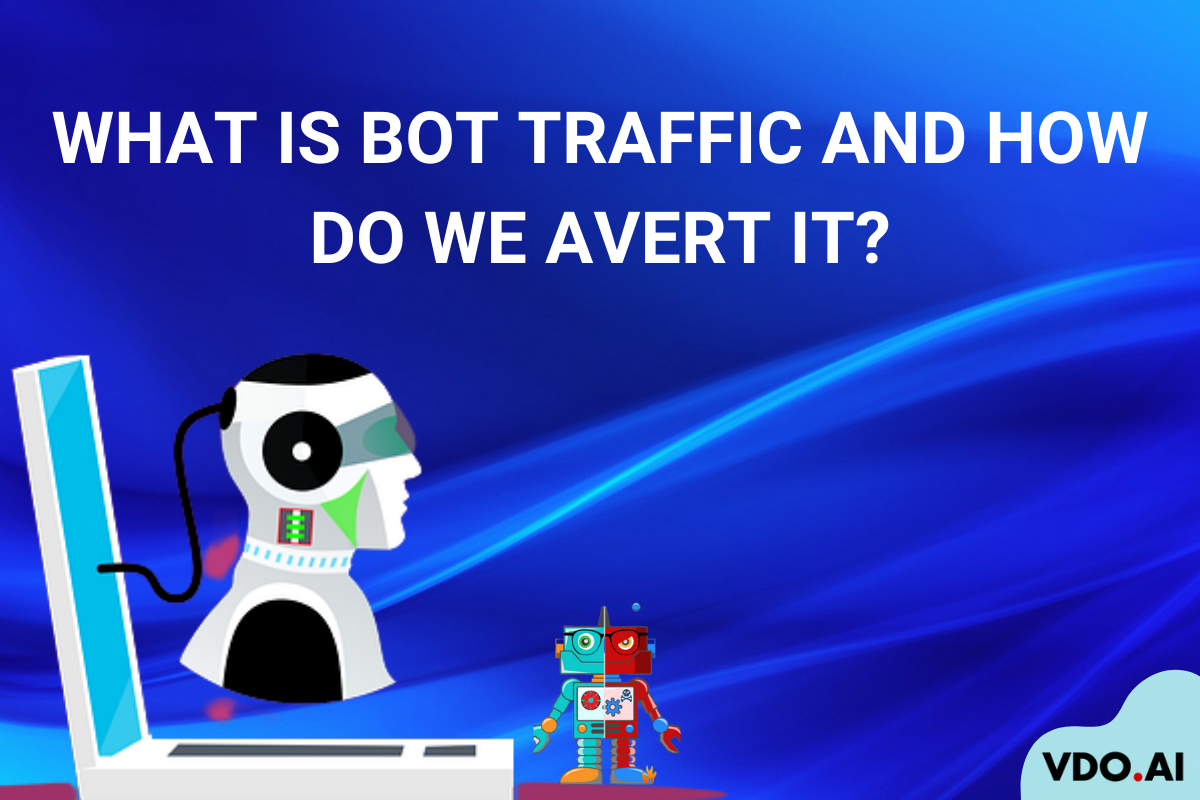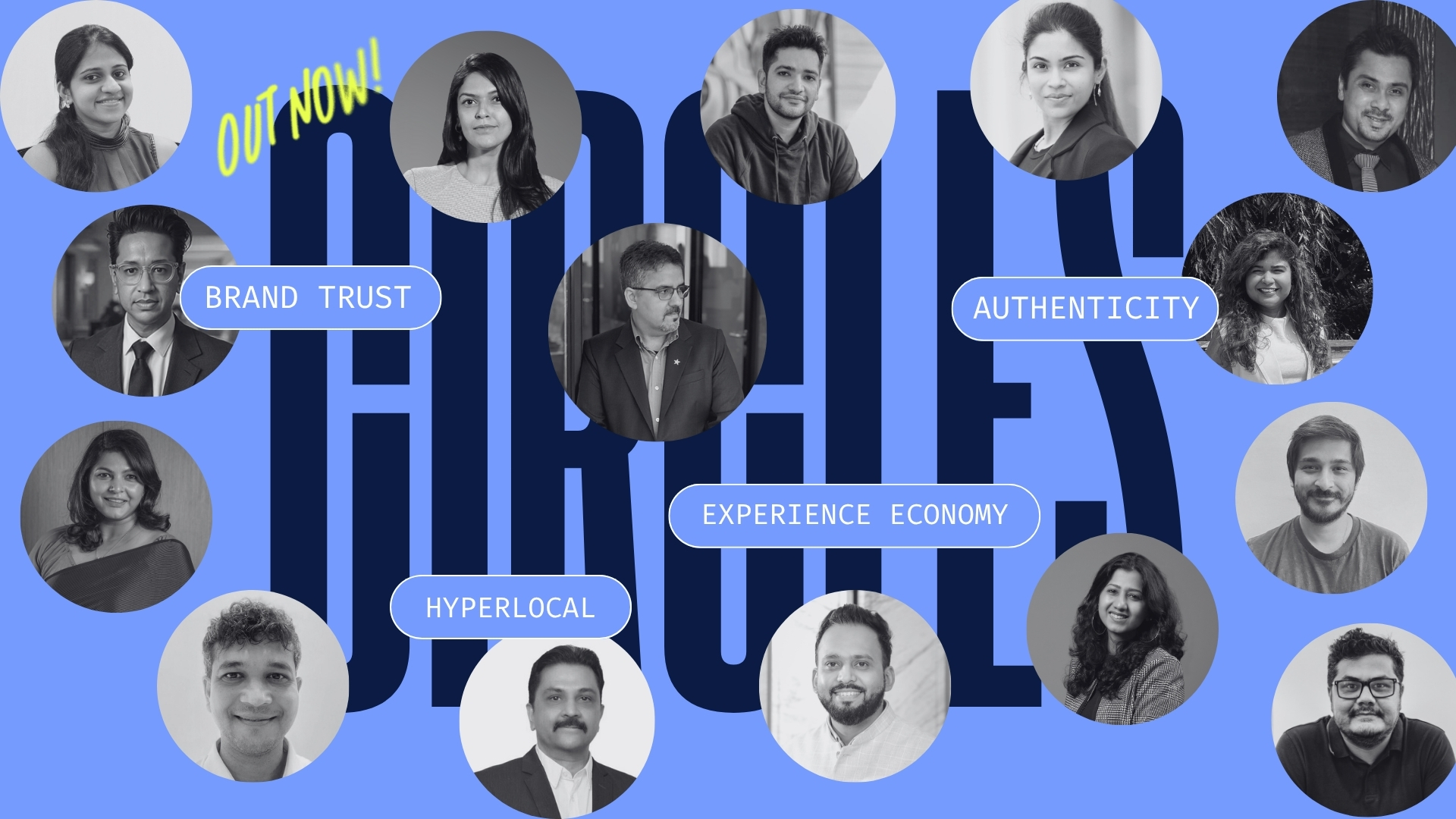What is Bot Traffic and How Do We Avert It?
Reading Time: 6 minutesIntroduction
Fame is a common greed but it’s also true when you crave fame you anticipate it to be only positive whether it’s for your social branding or website engagement. When we discuss website traffic you must have often eavesdropped or heard the terminology – ‘bot traffic.’ If you have searched this term on Google, the top 10 results would highlight it as malign. In this article, we will try to understand what exactly Bot Traffic is, how it works and how we deal with it.
What is Bot Traffic?
Bot traffic in a layman language is the name derived from ‘Robot’ essentially for its functional characteristics. It is automated traffic generated to a website indicating the non-human visitors arriving at your website. Bots can execute monotonous tasks at a very swift rate for any human mind to comprehend. Online bots are created with the purpose to mimic human actions and carry out myriad of functions with more productivity in a short duration.
Bots are so ubiquitous that it’s ingenious for the human mind to recognize when they maneuver around us. An acceptable website bounce rate ranges from 45-65%. Such a figure would appear too unimpressive to some. However, publishers, advertisers, and marketers have become habitual to this range of bounce rate. Why is that?
This is because website owners know every bit of their traffic can’t be real. Normally, almost 50% of web traffic is bot traffic.
The infographic below gives more insights into this bot trend.
6 Types Of Common Bots To Guard Your Website From
Bad bots engages with software applications in the similar way a genuine user does, making them harder to avert or identify. They permit bot operators, invaders, malign competitors, and hoaxers to execute a large troop of malicious activities. These actions include data mining, brute-force login, spam, and more. Publishers need to be wary of such bots to prevent malicious activities.

- Hacker Bots
Hacker bots are programmed to allot malware, mislead individuals, attack websites and networks. Hacker bots can generate denial of services (DDoS) attacks by allocating their attack across multiple proxies. The infected networks of the system are known as “botnets.”
- Scraper Bots
Scraper bots are programmed to steal data such as Email addresses, images, text, etc. from the websites. Scraped content is more often revised and prompted back as published content. Published content is designed to captivate users searching specific keywords and these visitors are monetized through advertising.
- Download Bots
Download bots coerce the user to download a web page that the imposter wants the user to view instead of the requested search engine page. These bots also tamper with the analytics-generated user engagement data. However, instead of ad click count, they add to fake download count.
- Spam Bots
This category of bot endangers the internet with an intent to conglomerate data from forms filled out online or through ads and pop-ups in internet pages and by accumulating email addresses for spamming. This is the most common bot type disrupting user engagement with distribution of unwarranted content like comments, phishing emails, ads, unusual website redirects, etc.
- Spider Bots
These bots are designed to fetch web pages for data, organization, and networking. These bots have certain gauges to identify and regulate the ranking of web pages within the populated search results.
- Trading Bots
These are bots designed for commercial gain and dwell on the online auction sites to trace the finest deals on specific merchandise or service.
How To Identify Bot Traffic?
Unfortunately, bad bots are getting smarter day by day. According to Imperva, bots comprised 40% of Internet traffic, out of which bad bots took the lead.
Publishers are generally unaware of how to identify and deal with this unwanted traffic. So let’s now unravel the mystery behind identifying bot traffic.
- Server Performance: Servers serve as a pillar of any website. Any drop down in the server might be suggestive of bot traffic. The drop down could be a result of server over-stressing due to numerous bot hits established in a short frame of time. Identifying and resolving this issue is of outmost importance as any dip in server performance influences both commerce and returns directly.
- Validate Traffic Causes: Traffic is channelized to a website through many mediums such as referrals, direct, social and paid campaigns, or organic. However, if you suspect bot traffic then you will witness a single source contributing to all incoming traffic that is Direct Traffic.
- Suspicious IP Address / Geo-Locations: The target users mostly depend on a website’s produce or its geographic location. Websites targeting a particular location will mostly have the content aligned with local needs and interests. Such websites seldom advertise or offer services at far-off locations’ but if there has been a considerable increase in traffic seen from a remote place then it’s a strong indication that some malicious bots are working on your site.
- Test for Plagiarism of Your Original Content: Malicious bots can jeopardize your original content as these data are often used for competing websites to enhance SEO rankings and divert the target audience towards their website. What gets more cumbersome is search engine reprimands plagiarized content apart from the time and effort diluted in creating content. Apart from this, few tools and sites such as Duplichecker, CopyScape help you to identify if the content is duplicated elsewhere and if your site is attacked by bots.
How To Avert Bot Traffic?
Now that you have identified the bot traffic, it’s time to stop it! There are methods that can help you guard your website against it.
1) Managing Good Bots
Fortunately, the good bots are transparent with their presence and hence easier to deal with.
- Robots.txt: The main approach while dealing with good bots is to include robots.txt files with all rules and policies. The prime intent is to permit all good bots that will help your site and completely block the redundant ones.
- Blacklist/Whitelist: With a bot management system it is possible to create a blacklist and whitelist. This will enable you to compile all the whitelist bots which you want to allow on your site
2) Managing Bad Bots
Trapping malicious bad bots is cumbersome but with help of some tools it can be stopped. Read below.

- Captcha: A simple tactic to halt bot traffic is to use Captchas. These services are easy to execute but have limitations too. Captchas might increase the website’s bounce rate apart from decreasing in user experience. So, Captchas are a prerequisite guard only if used judiciously.
- Introducing a WAF (Web Application Firewall): Another simple key for eluding bot traffic is introducing WAF. A WAF primarily acts as a shield between the website and user. Data and Traffic first go to the WAF before they are transmitted to the user. A WAF is suitable for guarding applications against the most frequent and typical attack system. However, WAFs are planned for application defense—not bot recognition—and are ineffective when interacted with sophisticated bots that aggressively try to endanger your security keys.
- IP-Based Management: The vast numbers of different IP addresses make IP protection difficult. Yet we can still device the training for blocking IP addresses that are obvious sources of malicious bots. At least to a certain context this tool is efficient.
- Stricter access controls: To certain restricted areas operated only by admins, stricter access controls can be implemented such as multiple credentials to permit access. This way the nasty bots can be stopped from stealing or jeopardizing any credentials, user details etc. This way it ensures that even though the website is hacked the confidential information is safeguarded.
How To Detect Bot Traffic In Google Analytics?
Bot traffic wrecks your analytics information. The metrics that you use to gauge the performance of your website and traffic doesn’t reveal the actual statistics. If you keep a record of your Google Analytics data and experience a sudden surge in traffic for apparently no reason there is a high chance of Bot traffic.
Here are the steps to help you filter out bot traffic from Google Analytics:
- Go to the Admin Panel in Google Analytics.
- Navigate to View Settings in the View tab.
- Scroll down and check Bot Filtering checkbox, if unchecked.
- Click Save.
This ensures all types of recognized bots to remain aloof of your data. However, this might be not effective with unidentified or new types of bots.
Can Bot Traffic Be Ignored?
If you are a publisher or if you own a website there is a very high chance that you might have interacted with a lot of spam bot traffic. One of the ways to shut these spam messages is by eliminating the communication center for example, turning of comments or registration centers.
But experts advise, considering how malicious bad bot traffic can be to your website, hence, it is inadvertently important to block or stop the bots by tools mentioned above. These bad bots not only slow down the websites but are equally responsible for security risks making them vulnerable to DDOS threats, bad SEO, etc. Considering these fact checks it’s advisable especially for publishers to keep a track of bad bot traffic to ensure that there’s no revenue damage and bad user experience.
Epilogue
With the stats showing that almost 52% of publishers are getting affected by ad fraud, and malicious bot traffic, it is to be noted that only 5% of them work with a dedicated fraud-patrol professional. This indicates that even when publishers are getting affected by bad bot traffic, they aren’t adopting the right methods to tackle it.
VDO.AI encourages all the publishers to consistently keep a check on the bot traffic to minimize revenue losses and bad user experience.
Be a part of our extended family and receive product updates, company news and other promotional updates by clicking Subscribe.



